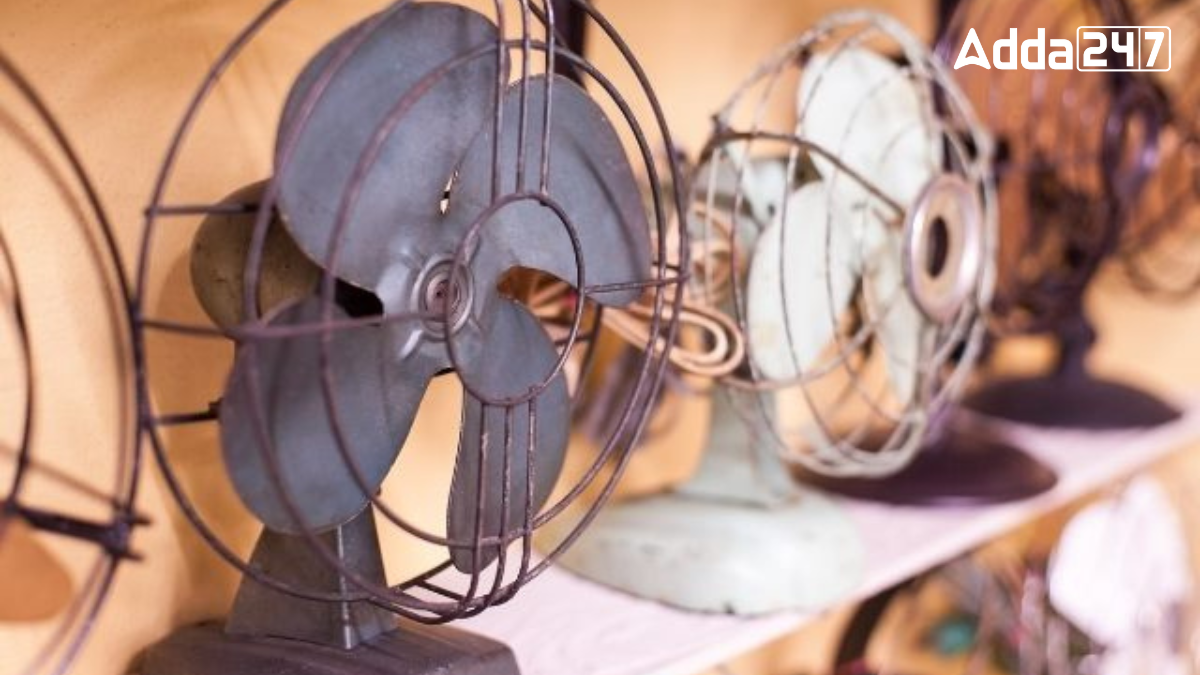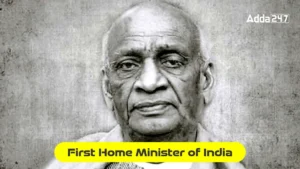Before the advent of electric fans, various civilizations developed mechanical fans. In ancient China during the Han Dynasty, Ding Huan invented a rotary fan which was more efficient than handheld fans of the time. These early innovations laid the groundwork for future fan designs.
Invention of the Electric Fan
The credit for inventing the first electric fan goes to Schuyler Skaats Wheeler, an engineer and innovator. In 1882, inspired by Nikola Tesla and Thomas Edison, Wheeler created the prototype of the first electrical fan. This early model featured two propellers attached to an electric motor, although it lacked a protective cage for safety.
Inventor of Electric Fan
Schuyler Skaats Wheeler is credited with inventing the electric fan in 1882. An engineer and innovator inspired by Nikola Tesla and Thomas Edison, Wheeler developed the prototype of the first electrical fan. This early design featured a motor driving two propellers but lacked the protective casing seen in modern fans. His invention marked a significant step in improving cooling technologies, eventually leading to widespread adoption in both industrial and domestic settings.
Development and Improvements
Initially, electric fans were limited by safety concerns and high costs. However, with the introduction of safer designs and the adoption of Nikola Tesla’s induction motor technology, electric fans became more practical and widespread. Philip H. Diehl, while working with the Singer Company, significantly contributed to fan innovation by adapting sewing machine motors to power ceiling fan blades. Diehl’s improvements included concealing motor wires and adding protective cages to enhance safety.
Evolution of Fan Technology
Throughout the early 20th century, electric fans evolved from being primarily industrial tools to household appliances. Innovations such as quieter blades and more aesthetically pleasing designs, like the iconic Silver Swan by Emerson, marked this transition. Despite a decline in demand due to the rise of air conditioning in the mid-20th century, electric fans remained popular and underwent further improvements.
Modern Fans
In recent decades, electric fans have seen a resurgence in popularity due to their energy efficiency, portability, and innovative designs. The introduction of bladeless fans, pioneered by James Dyson’s Dyson Air Multiplier in 2009, revolutionized fan technology by providing a safer and more aesthetically pleasing alternative.
Electric Fans Today
Today, electric fans not only provide efficient cooling but also serve as decorative pieces within homes and offices. They are equipped with features like remote control operation, energy-saving modes, and integrated lighting, catering to modern aesthetic and functional needs. With ongoing advancements in materials and technology, electric fans continue to evolve, offering sustainable cooling solutions for diverse environments.





 Which City is known as the City of Bambo...
Which City is known as the City of Bambo...
 Who was the First Home Minister of India...
Who was the First Home Minister of India...







